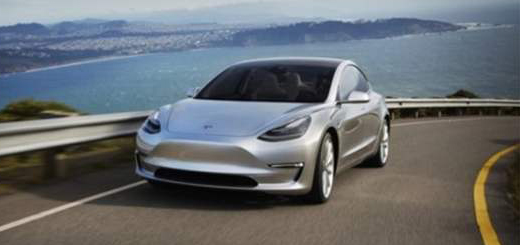10 Oct, 2019 By Johny 2 Comments
Composite Materials for Automotive Parts Manufacturing
The U.S. Environmental Protection Agency (EPA) mandated in 2012 that by 2025, the national vehicle fleet should average 54.5 miles per gallon to reduce dependence on fossil fuels and minimize emissions, and many other countries have implemented similar new standards.
To meet these new standards, the automotive industry has to find new ways to make lighter cars without sacrificing their strength and structural integrity.

Jari Sopanen, regional manager of Exel Composites, a leading composite material manufacturer, explains here why thermosetting components are one of the best alternatives to steel.
Thermosetting composites are made of glass fibers, carbon fibers or aramid fibers, which are then combined with resins such as polyester, vinyl ester, epoxy resin or phenolic resin. These composites are used in various industries, but they are particularly prominent in the manufacture of aircraft and spacecraft parts.
Composite materials are also used in other forms of transportation due to the research and development in aerospace and the great demand for light vehicles and components. This trend, known as lightweight, attempts to use innovative materials to reduce the weight of products. As a result, composite materials are increasingly used in production, especially in automotive parts.
According to the American Association of Composite Manufacturers, glass fiber is one of the key reinforcing materials used in the American thermosetting composite industry. Because of its durability, it can be a good substitute for steel in automotive structural components (including drive axles, bumpers and top beams).
Reducing the weight of components is very important to improve the efficiency of automobile system. Carbon fibers, for example, have the same properties as steel, but weigh only one fifth as much. Whichever mode of transportation is used, it is easy to see the benefits of reducing this weight from the vehicle.
In addition, when compared directly with steel, composite materials can meet or exceed the requirements of the automotive industry for material properties, including low thermal expansion coefficient for heat conduction, dimensional stability for shape preservation, corrosion resistance under wet conditions and high impact strength for repeated use.
Composite components are light in weight and help to provide better sound insulation and quieter performance.
Electric vehicle (EV) is a kind of vehicle which can benefit a lot from composite components. Batteries are very heavy, and although technology is developing at an alarming rate, the weight of the battery volume is likely not to decrease, as any miniaturization will be used to install more batteries to increase range and power.
Therefore, minimizing component weight is critical, and fiberglass and carbon fiber substitutes are ideal for this lightweight, especially for electric vehicles. For example, EV batteries must be placed in special boxes to protect them and to prevent discharges from impacting passengers.
Metals are conductive and therefore unsuitable for use, while most composites are unsuitable, which means that when made of composites with higher strength/weight ratios, they are very suitable for use. Due to the current limited distance range of electric vehicles, reducing the weight can produce a great marginal benefit.
Composite materials are developing rapidly, and their applications are not limited to structural parts of automobiles. In fact, many Asian countries are increasing their production of composite materials, because composite materials are becoming more and more popular in their electronic field, especially in companies supplying to the automotive industry.
Although North America and Europe have an important share in the global thermosetting composite market, as the local automotive and aerospace industries are expanding in these regions, at the same time, the growth in demand for electric and light vehicles is expected to promote the development of markets in the Asia-Pacific region and other regions.
As governments around the world hope to implement stricter energy efficiency standards, reducing vehicle weight is an achievable goal that can help automakers meet regulatory requirements. The development of composite materials means that they are now more suitable for automotive applications than steel. Now is the time for automobile manufacturers to consider the material as a viable solution.

